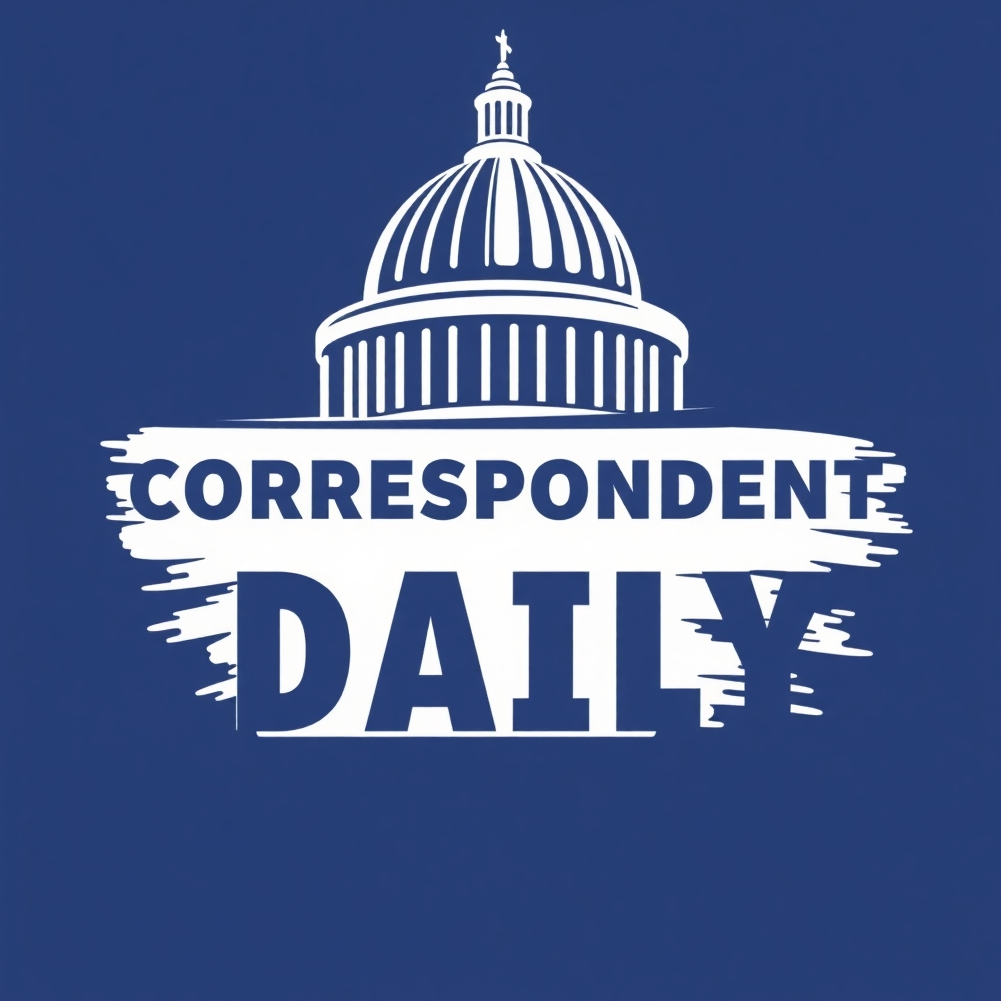
Unpacking the Wave of Protests on July 4th
This Fourth of July, as families gather to celebrate America's independence, a different sentiment is echoing across the country: a passionate call for change. Organized protests under the banner 'Free America' are set to unfold nationwide, aimed squarely at former President Donald Trump and his policies. These protests, described as anti-Trump demonstrations, have gained momentum as discontent among various political groups continues to simmer.
A Diverse Movement
The 'Free America' protests have garnered support from an array of organizations and activist groups. From civil rights organizations to environmental groups, activists are united by a common cause: voicing their dissent against policies they perceive as divisive and harmful to American values. This year's protests not only reflect a political standpoint but also a growing disillusionment with the current political landscape.
The National Landscape
As seen in previous years, July 4th has often served as a day for civil demonstrations. Parallels can be drawn to historic protests, such as those against Vietnam War policies in the late 1960s, showcasing how significantly national holidays have acted as platforms for expressing dissent. This year's movement has gained traction through social media campaigns, community organizing, and increased visibility in the digital space.
Public Sentiment: Voices from the Ground
As the protests gain momentum, participants from different walks of life are sharing their reasons for joining the demonstrations. Many cite concerns over rising inequality, climate change, and accountability in politics. These issues resonate deeply with local communities, leading to a coalition of voices that not only demands change but also seeks to reclaim the narrative around American ideals.
Future Predictions and Opportunities for Change
Looking ahead, it’s clear that the July 4th protests represent more than just a moment in time; they reflect a potential turning point in political activism in the U.S. As the country approaches crucial election cycles, these protests could shape future political discourse and galvanize support for candidates aligned with progressive ideals. The challenge will be maintaining this momentum beyond the holiday season.
Engagement and Response
Local authorities brace for the protests, with many cities implementing security measures to ensure safety among demonstrators and bystanders alike. The manner in which these protests are handled will undoubtedly impact public perception and the response from various political spectrums. Observers note that peaceful demonstrations can thrive in a climate of respect and understanding.
Consequences of Inaction
If the sentiment of the protests is overlooked, there could be long-term ramifications for political parties and candidates. The rise of the 'Free America' movement indicates a growing need for accountability in government, urging politicians to reconsider their platforms and engagement strategies with constituents.
Empowering Participants
For those wishing to support or join the movement, it’s essential to be informed and engaged. This includes understanding local laws regarding protests, knowing how to express dissent peacefully, and understanding the broader implications of these demonstrations on civil rights and community engagement.
Conclusion: The Importance of Staying Informed
The 'Free America' protests signal an essential moment in the ongoing dialogue about America's future. They remind us that activism and civic participation are crucial components of democracy. As the day unfolds, communities will witness both the anger and hope that shape our national identity. Change often begins in the streets, and as citizens, staying informed and engaged can make a difference.
 Add Row
Add Row  Add
Add 




Write A Comment